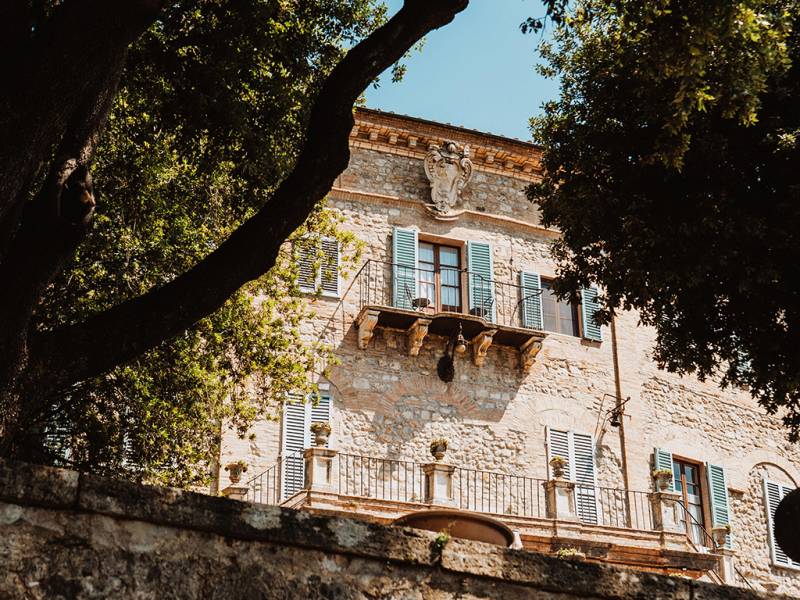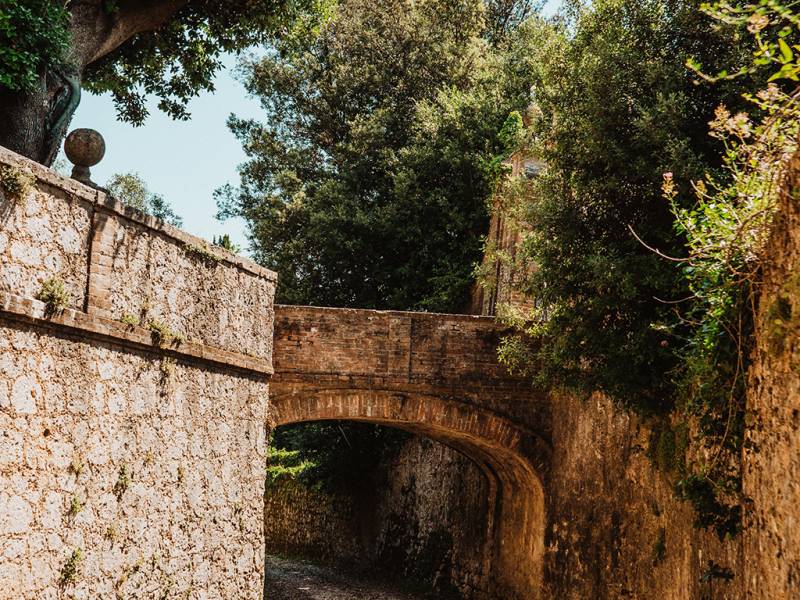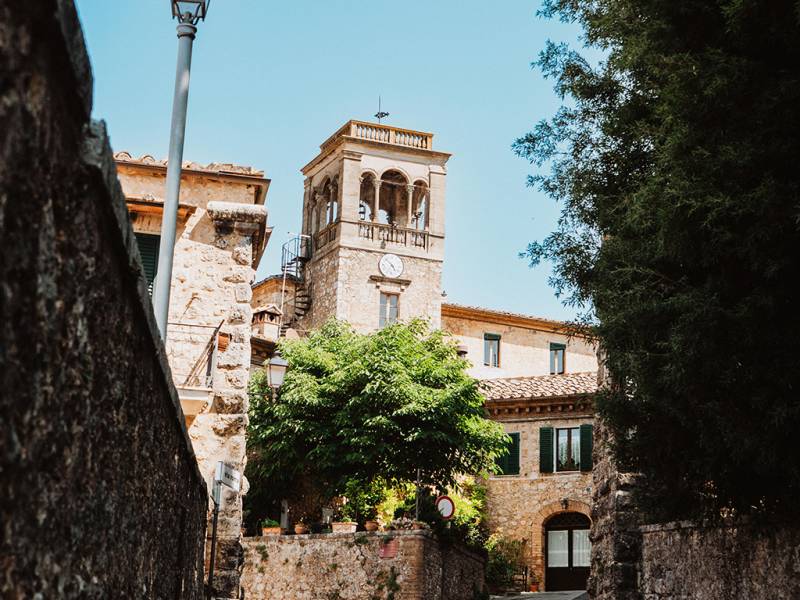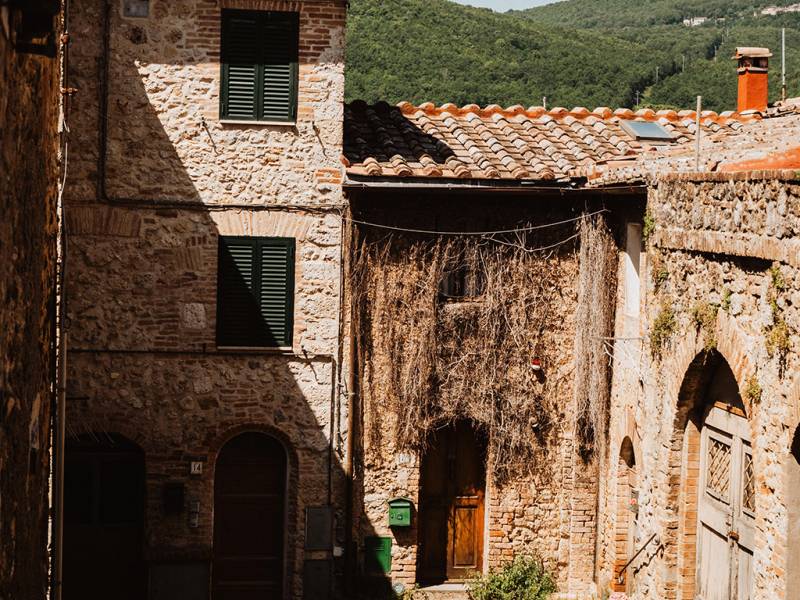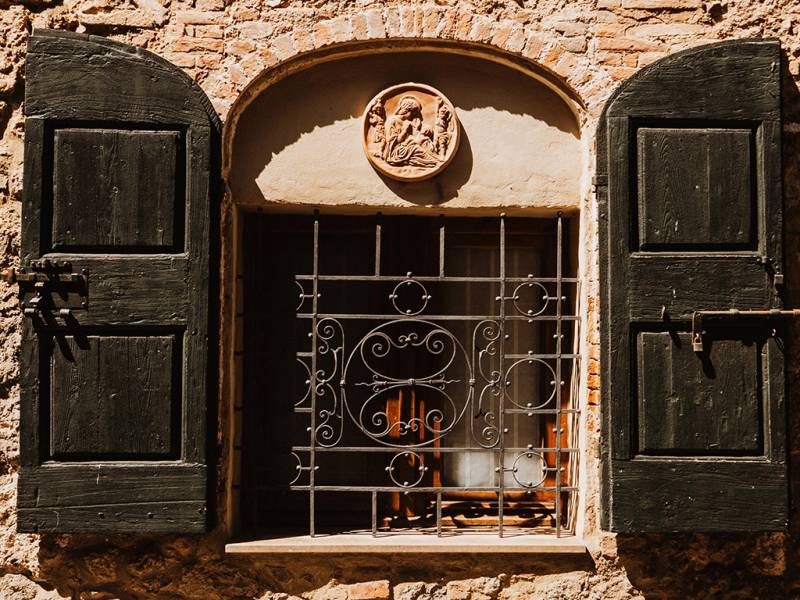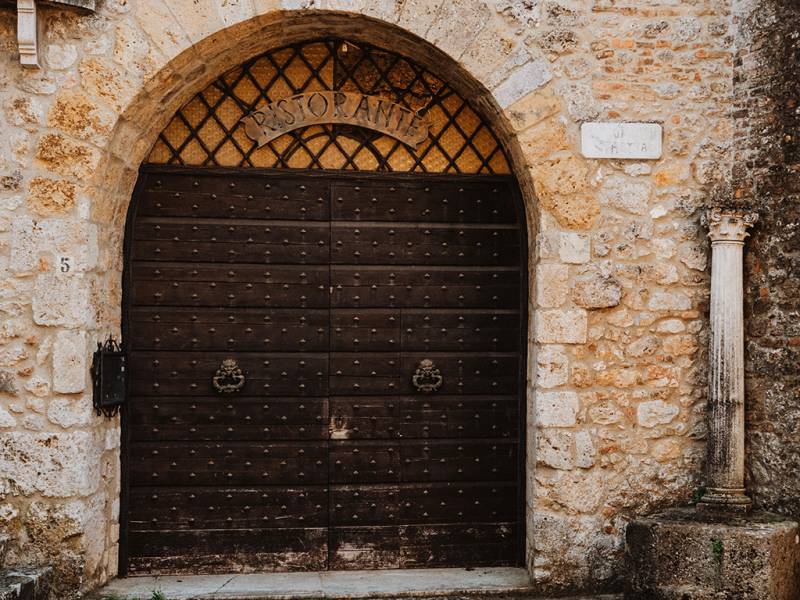History
Evocative landscapes of rare intensity
Villages, mills, parish churches, abbeys and naturally the fortified Grance; a “lunar” nature like that of the gullies that give way to the gentleness of the hills, among woods, vineyards and olive groves, dotted with small lakes and streams. The territory of the Grance Senesi DOC are characterised by its evocative landscapes of rare intensity, where the hand of man has enhanced the environment, preserving it over time.
Rapolano Terme
The territory of Rapolano Terme (Thermal), as the name of the village suggests, is characterised by the presence of thermal waters known since Roman times and considered sacred for their curative value, the same for the presence of travertine (originating from the incrustations of the same waters, of sulphurous nature), already used by the Etruscans and by the same Romans. Grancia di Serre of Rapolano, the main fraction of the municipality, was originally an imperial palace, whose central nucleus dates back to the 12th century. Later Frederic II favoured its fortification and granted it as a fief to the Cacciaconti family, who remained the owners until 1318, when the complex became part of the possessions of the Hospital of Our Lady of the Staircase in Siena. The fortified Grancia dates back to the 15th century, when the hospital built a new fortification merging it with the existing one.
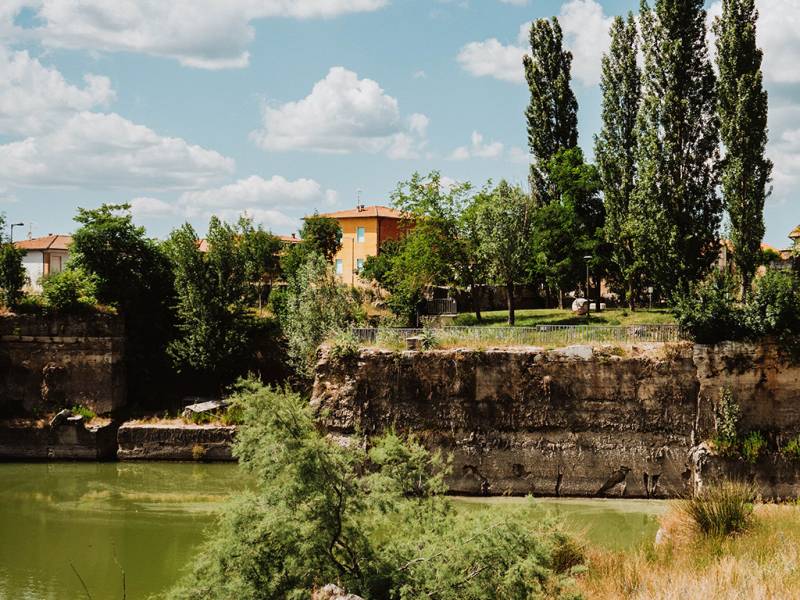
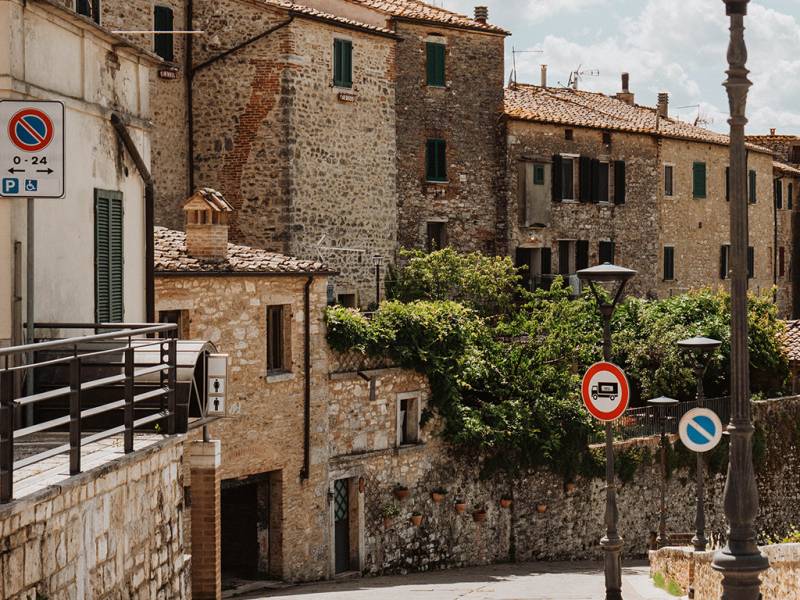
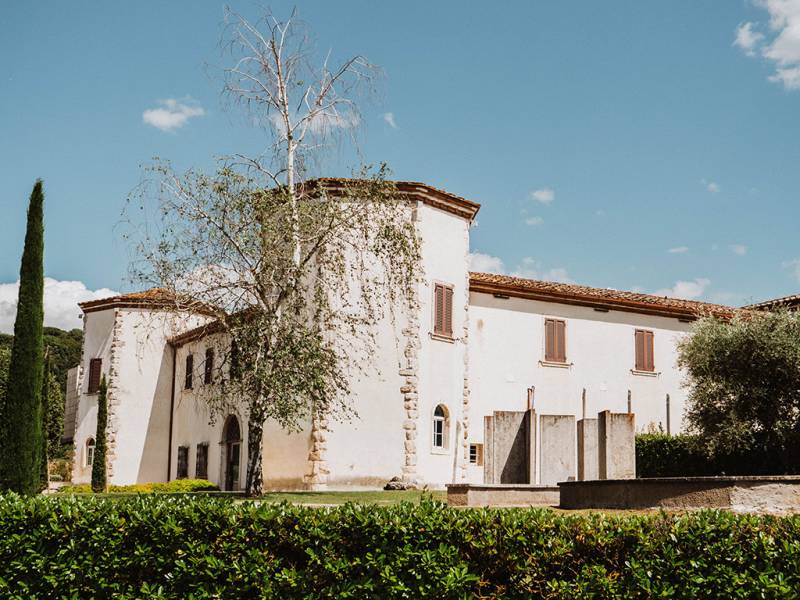
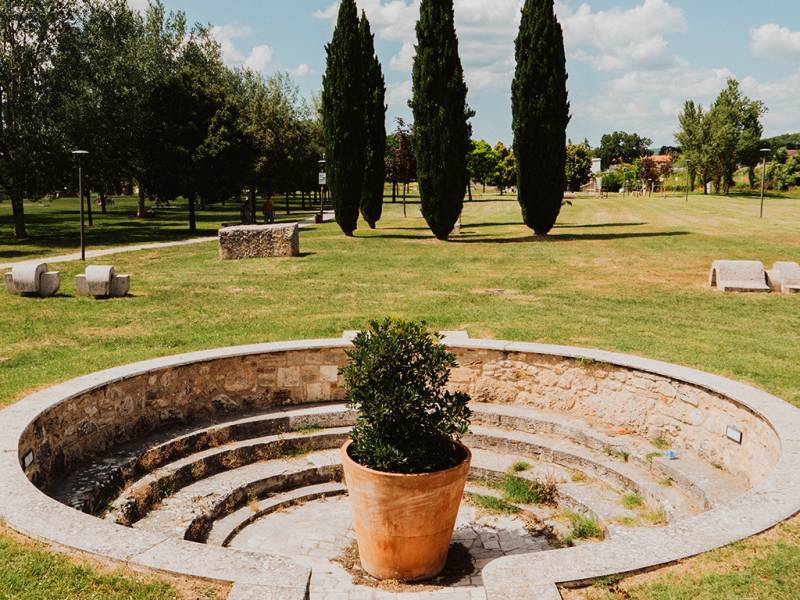
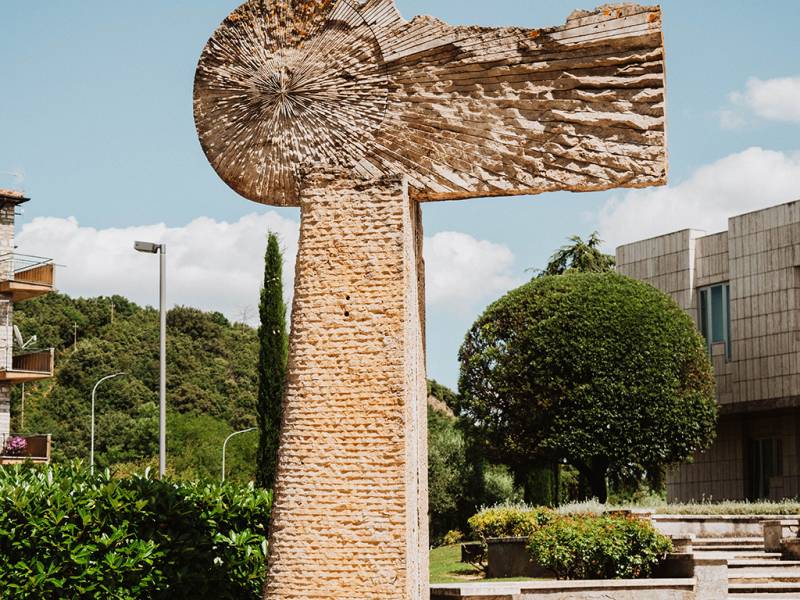
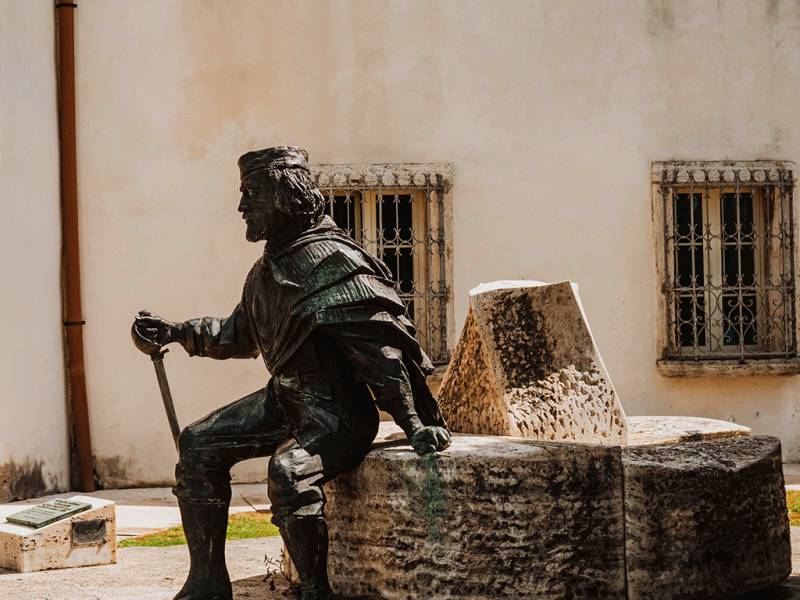
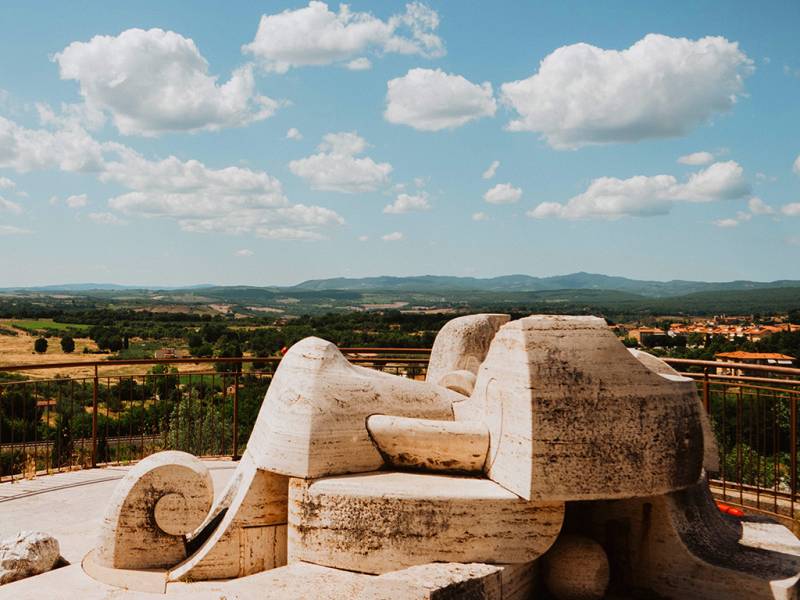
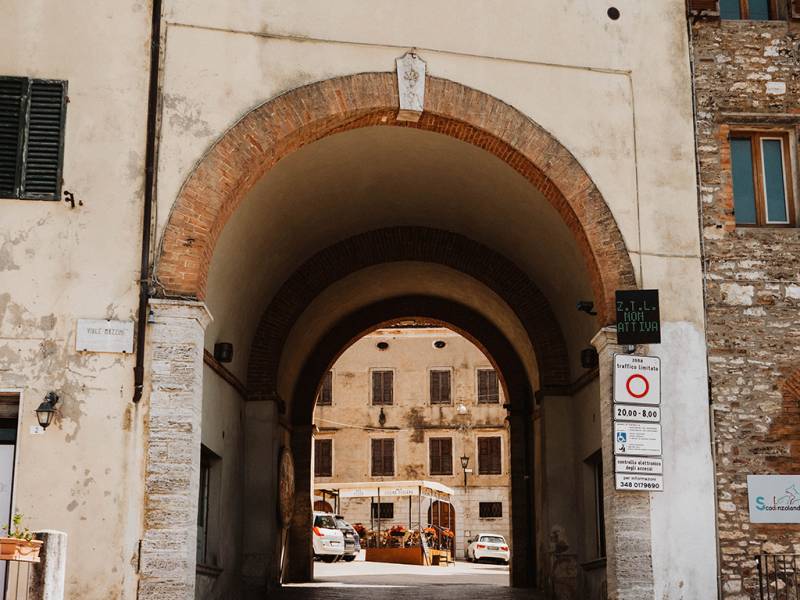
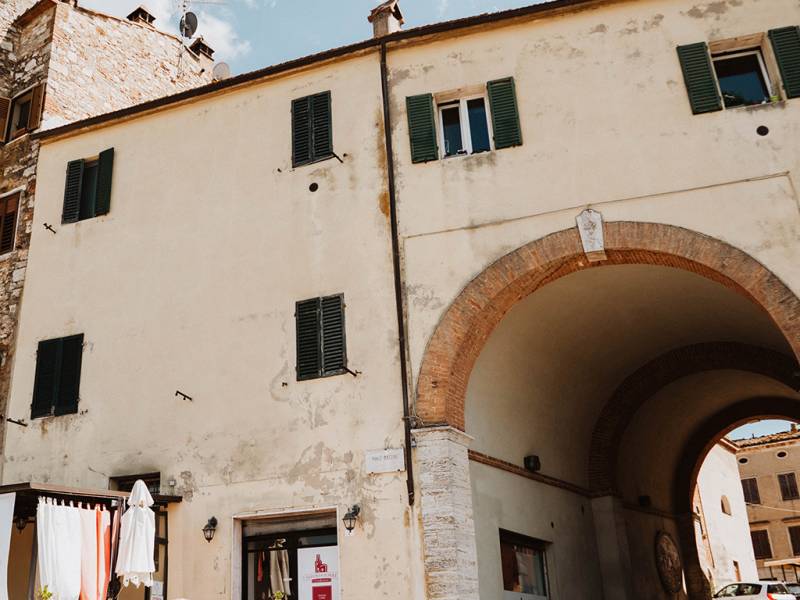
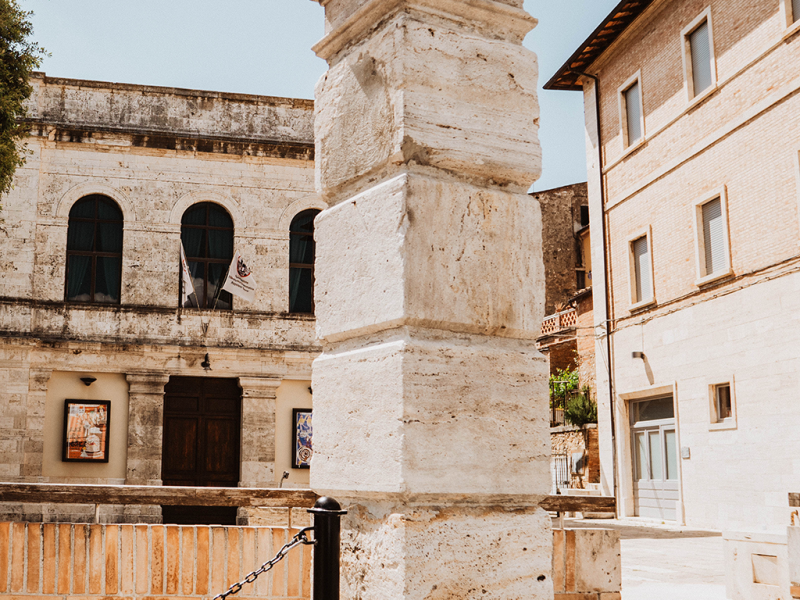
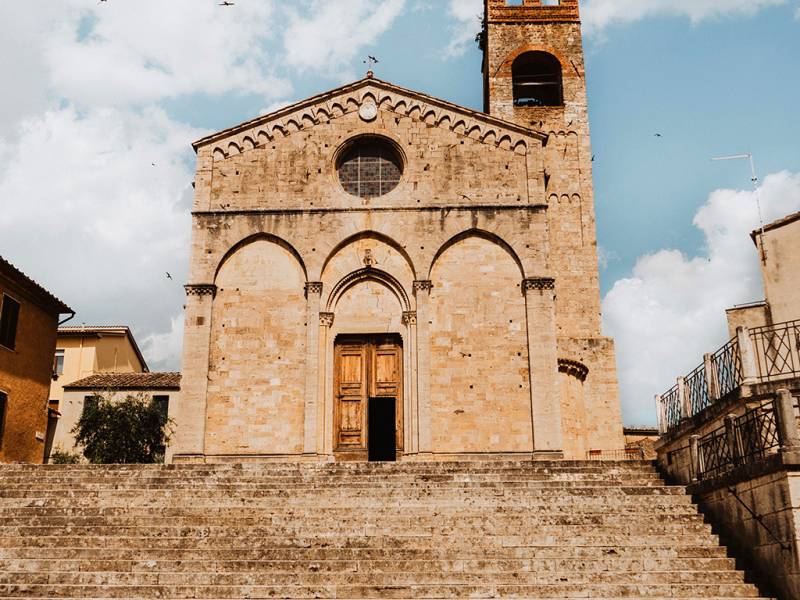
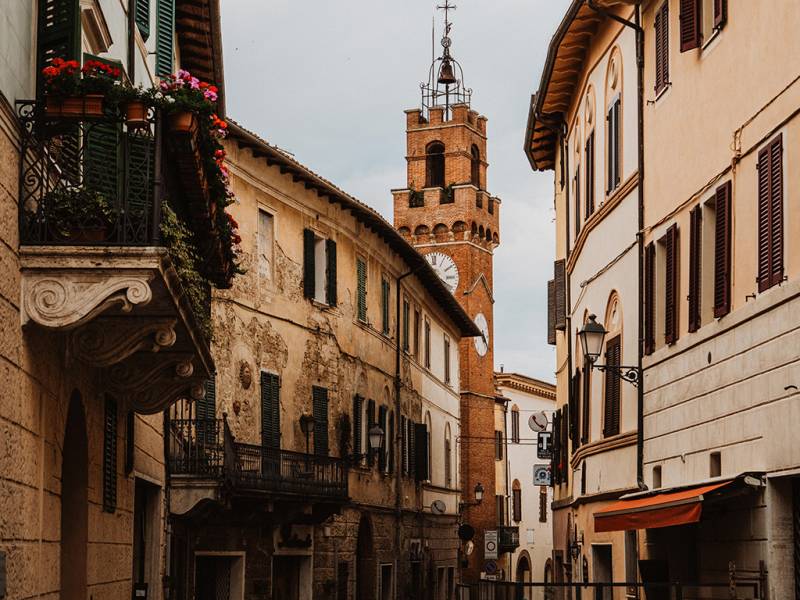
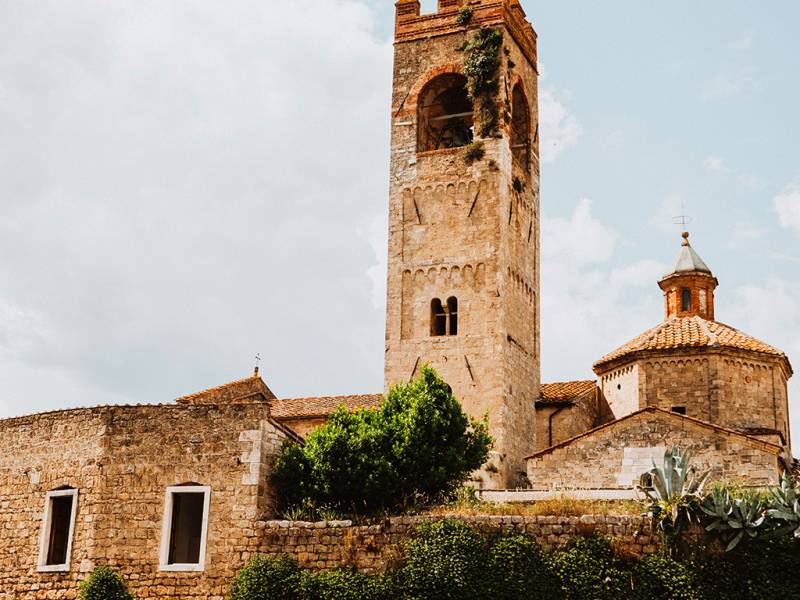
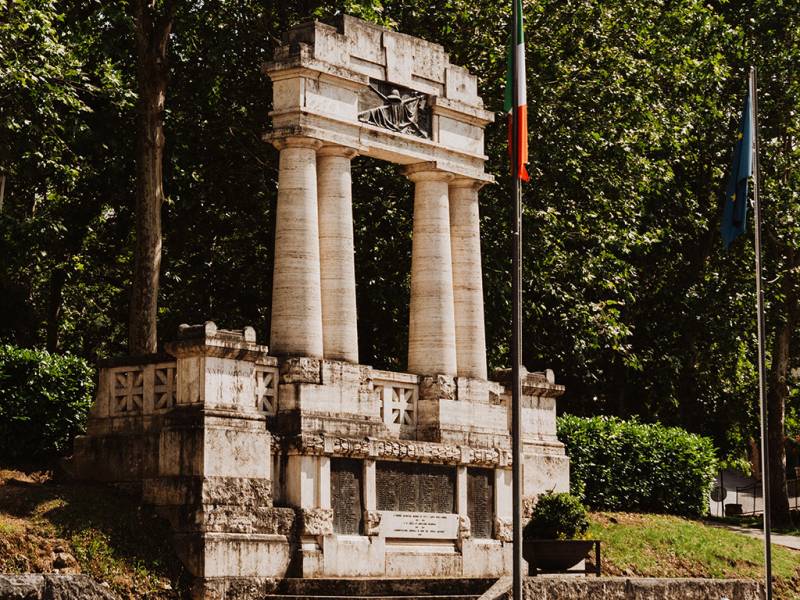
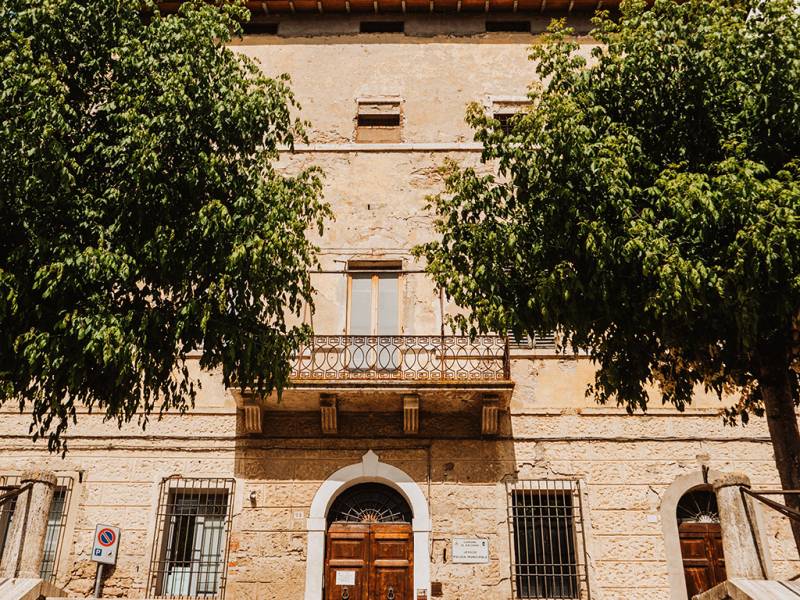
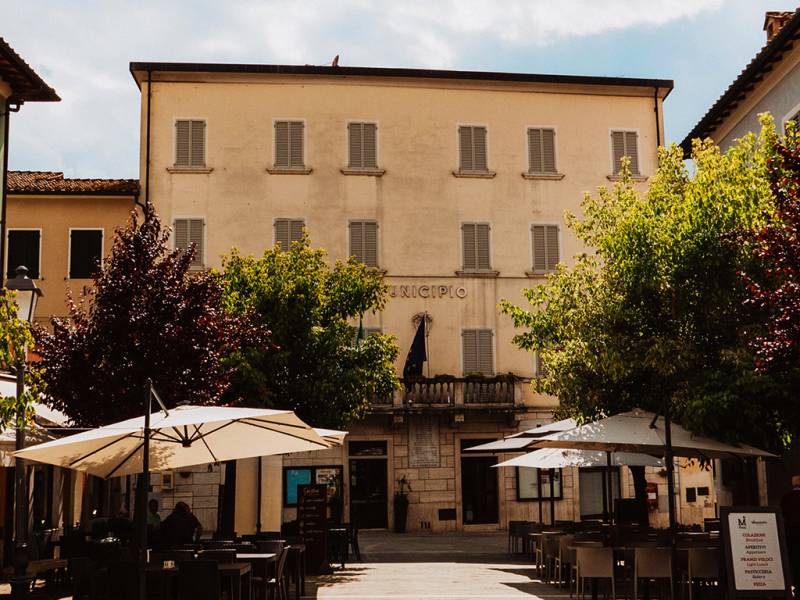
Asciano
Another municipality of the Doc is Asciano, a village of Etruscan origins, which then passed under Roman then Lombard domination. Part of the municipal area is characterised by biancane (rock formations) and gullies due to water erosion. The landscape today is known as the Crete Senesi (Sienese Clays), but in ancient times it was improperly called the Accona desert, from the name of the nearby locality. Here, in 1319, what would later become the Abbey of Monte Oliveto Maggiore was founded by Bernardo Tolomei, of the noble Sienese family, who abandoned the comforts of family life to dedicate himself to prayer and to assisting the poor, according to the rule of St. Benedict.
Murlo
From Asciano, just a few kilometres away is Murlo, a small village known because its inhabitants are the last descendents of the ancient Etruscans.
Dominated by the Bishops of Siena for over 700 years, since the 11th century, in fact Murlo remained isolated from the rest of the area. It is due to this that the people of Murlo have been able to maintain a DNA more similar to that of oriental people than Europeans, which, according to some scholars, would support Herodotus’s theory of the Middle Eastern origin of the Etruscans.
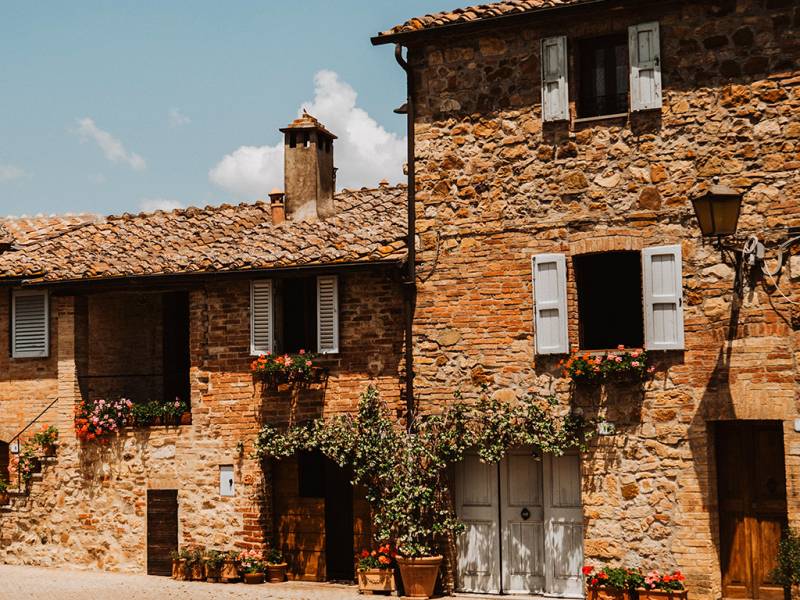
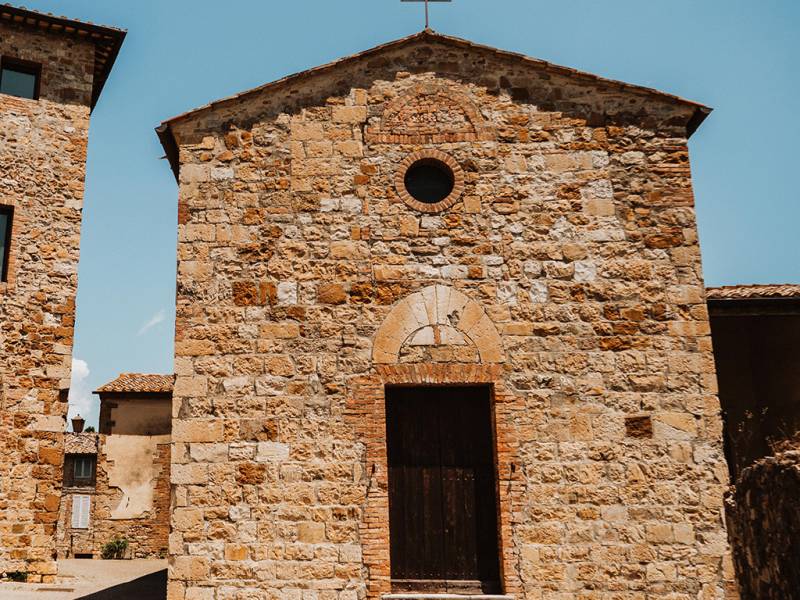
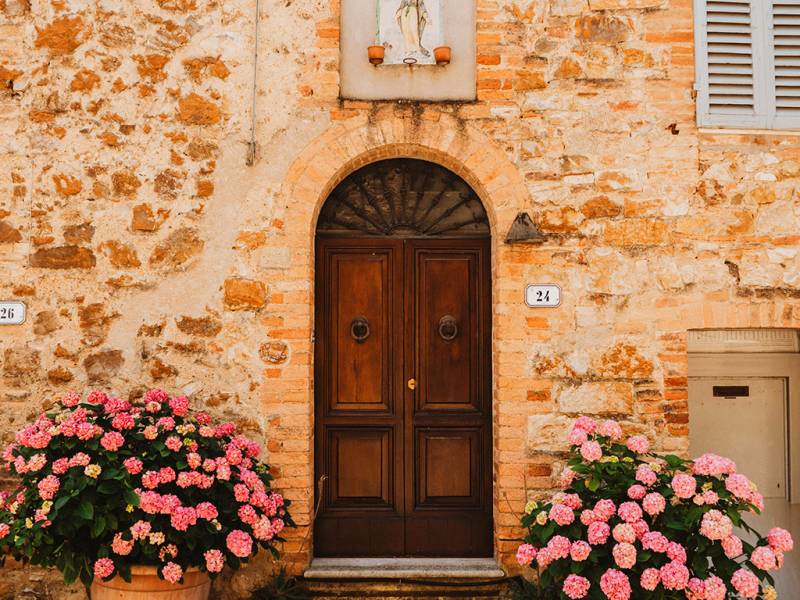
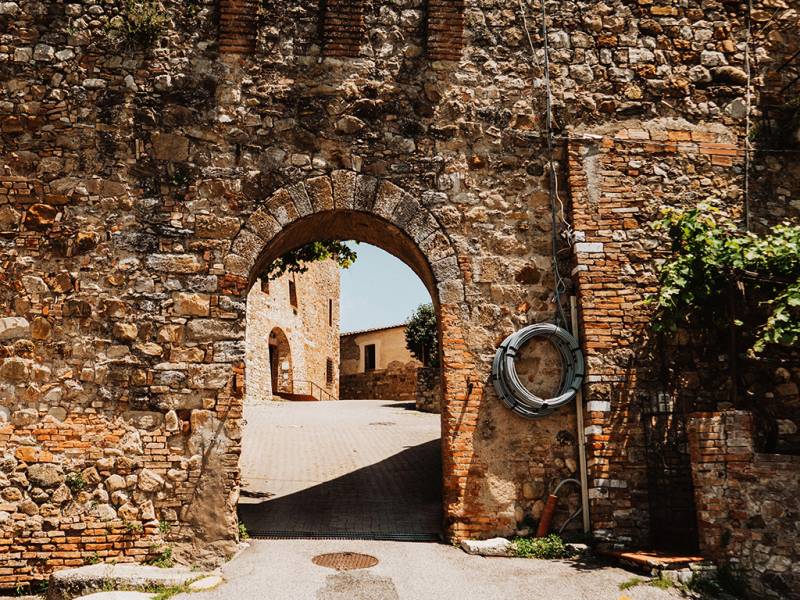
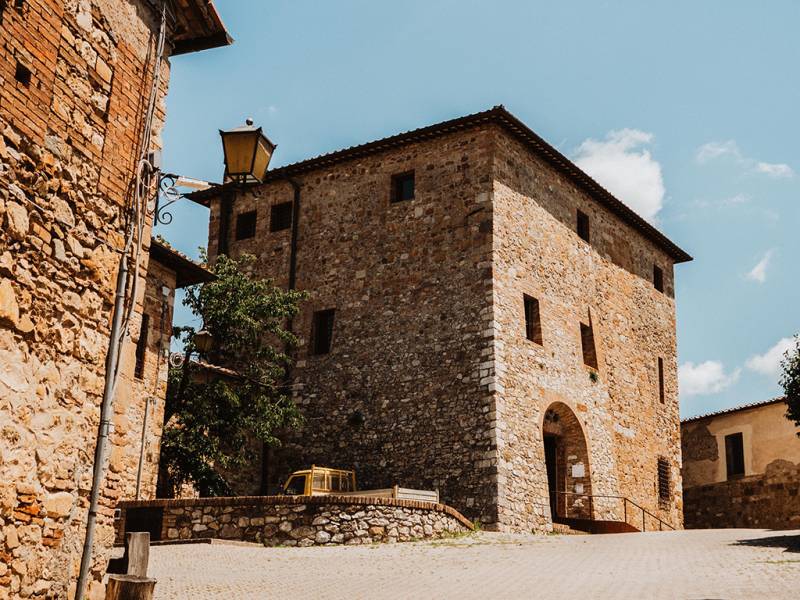
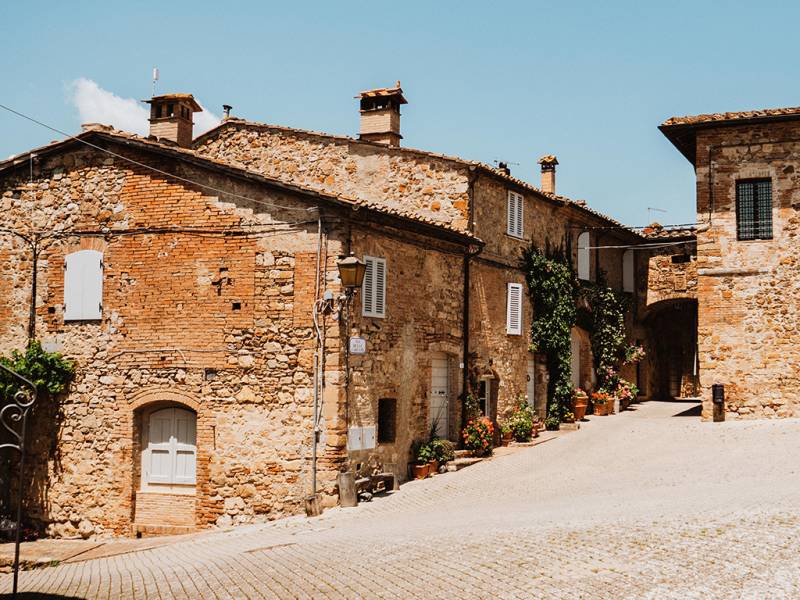
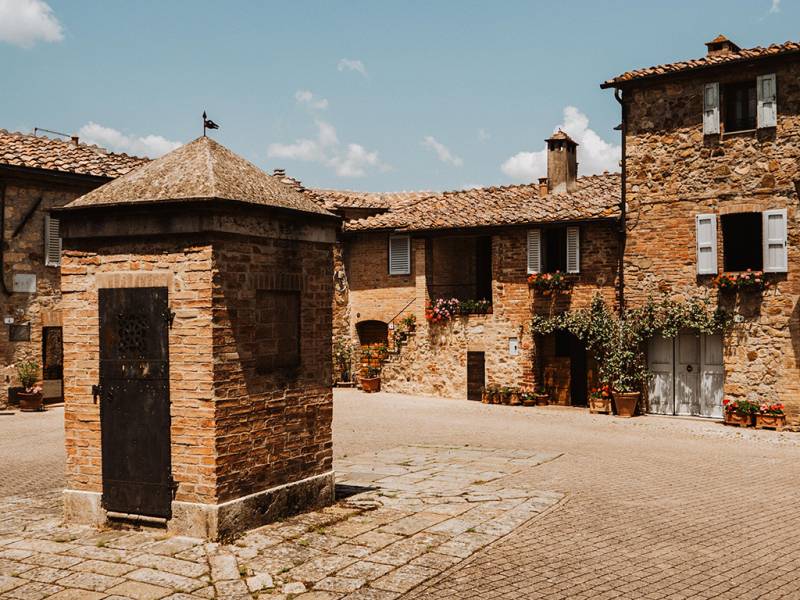
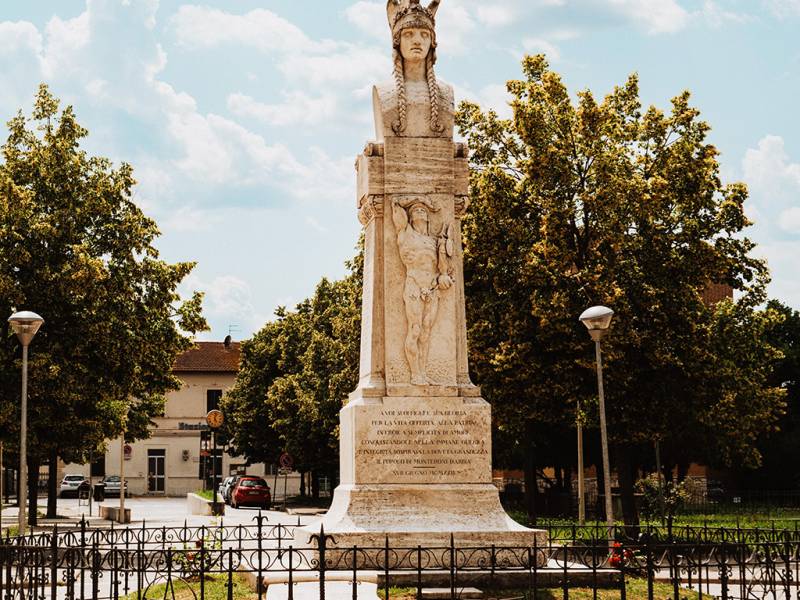
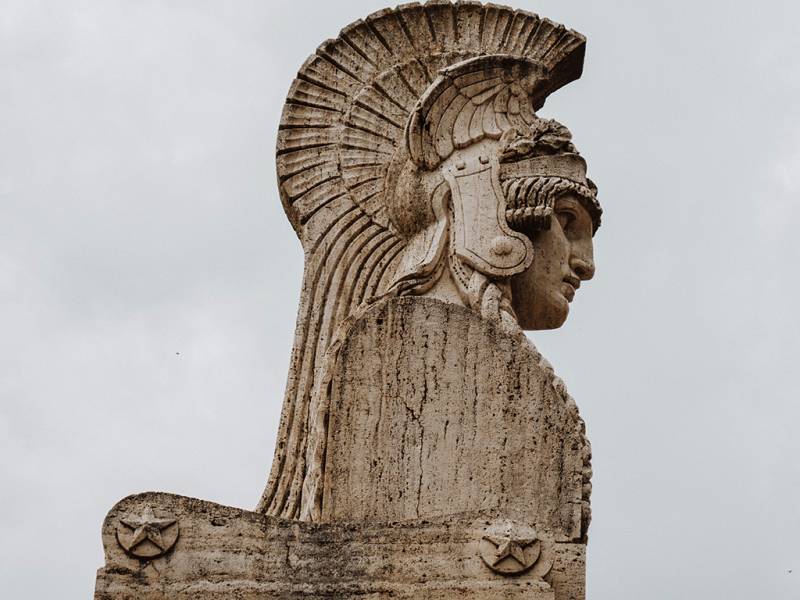
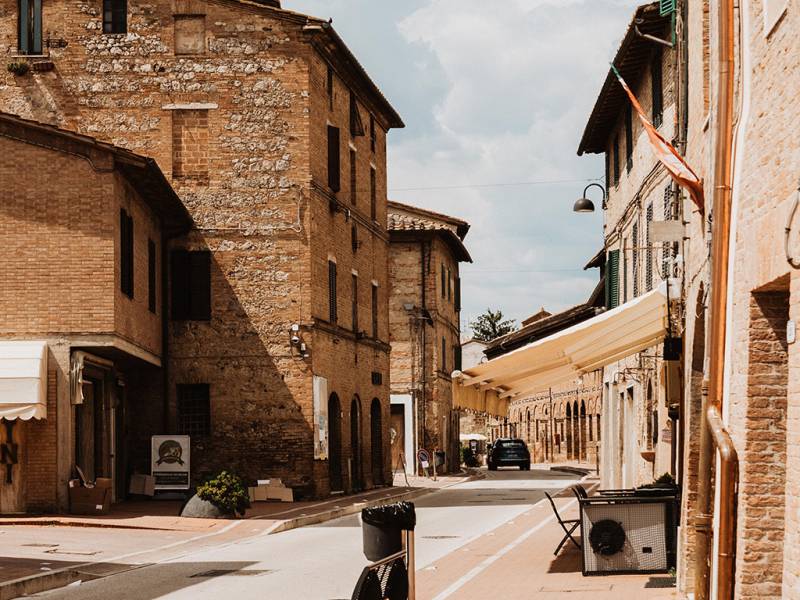
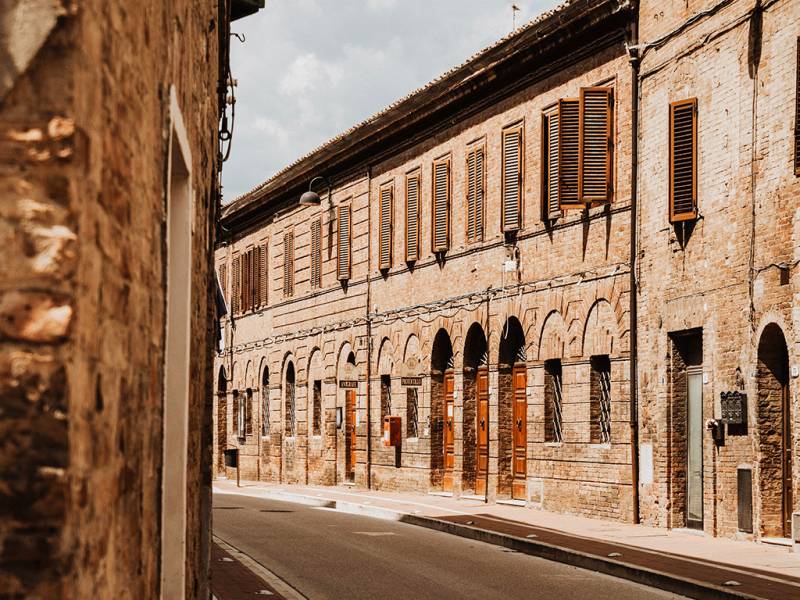
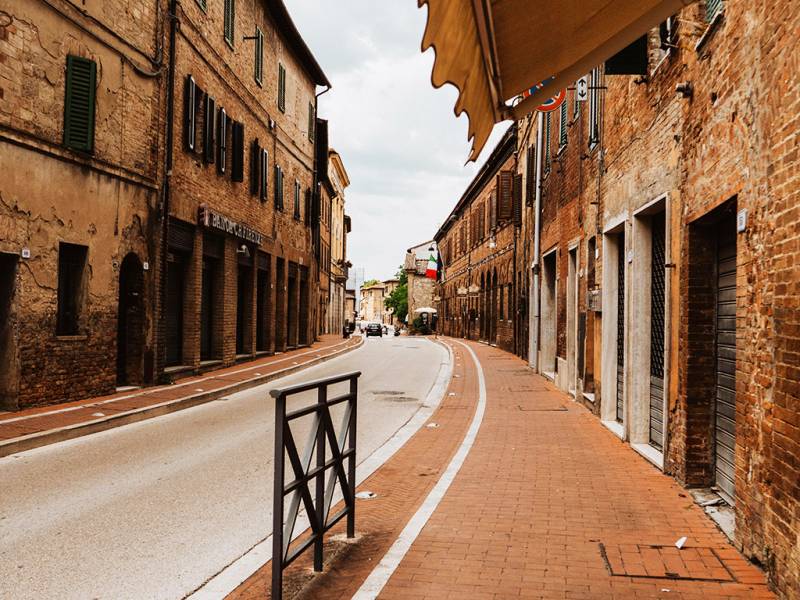
Monteroni d’Arbia
Then we move to Monteroni d’Arbia, in whose municipality there is one of the best preserved Grance, that of Cuna. Perched on a hill (hence probably its name), not far from the Cassia, the Grancia emerges in all its grandeur. Founded in the 12th century as a hospital for pilgrims on the Via Francigena, a century later it changed its function to granary and fortification.
Like that of Serre di Rapolano, also the Cuna Grancia owes its conservation to the fact that it has always been inhabited up to the present day. Also owned by the Grancia was the mill of Monteroni d’Arbia located at the entrance to the village, which is also fortified.
Sovicille
The last municipality whose territory is included in the Grance Senesi Doc area is that of Sovicille. Although it has Lombard origins, human presence in the area certainly dates back to before the Etruscans, and then passed to the dominion of Volterrà, then Siena.
The area is characterised by the river Merse which flows by in a naturalistic environment rich in woods and fauna.
